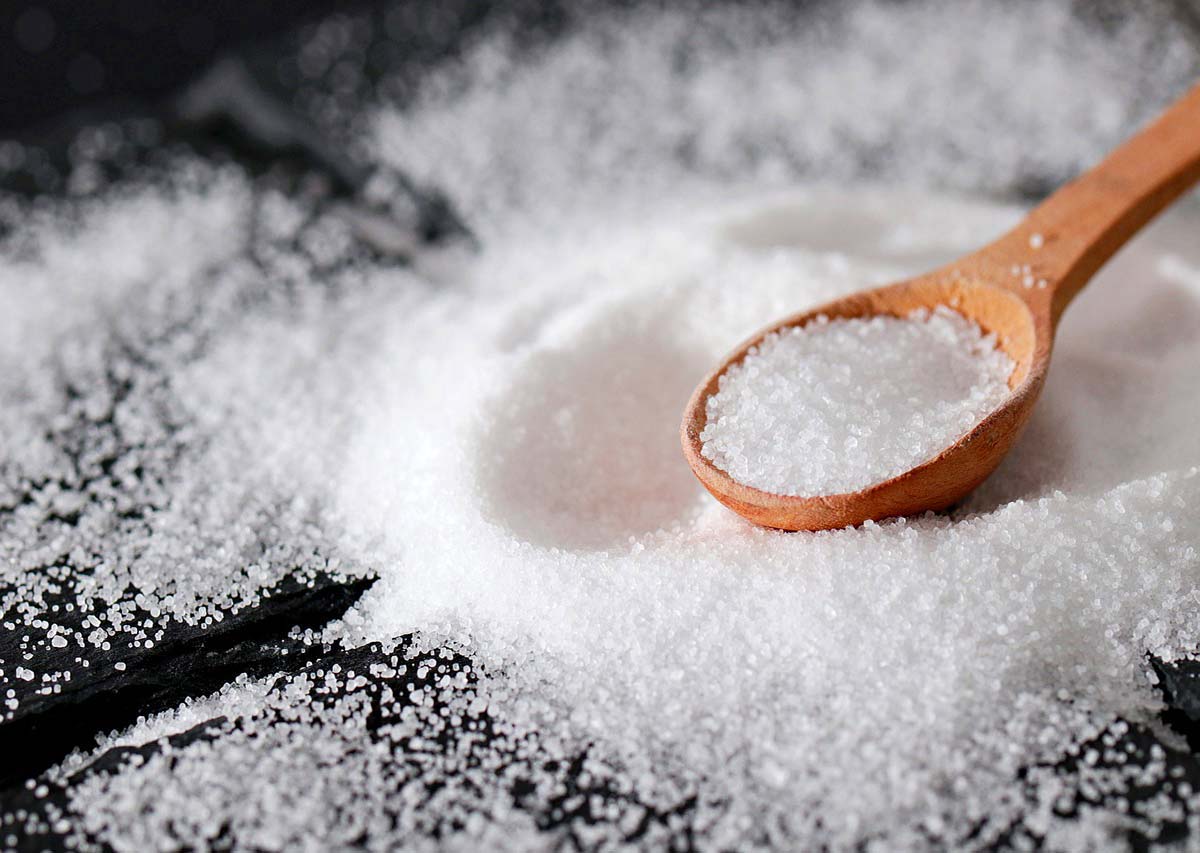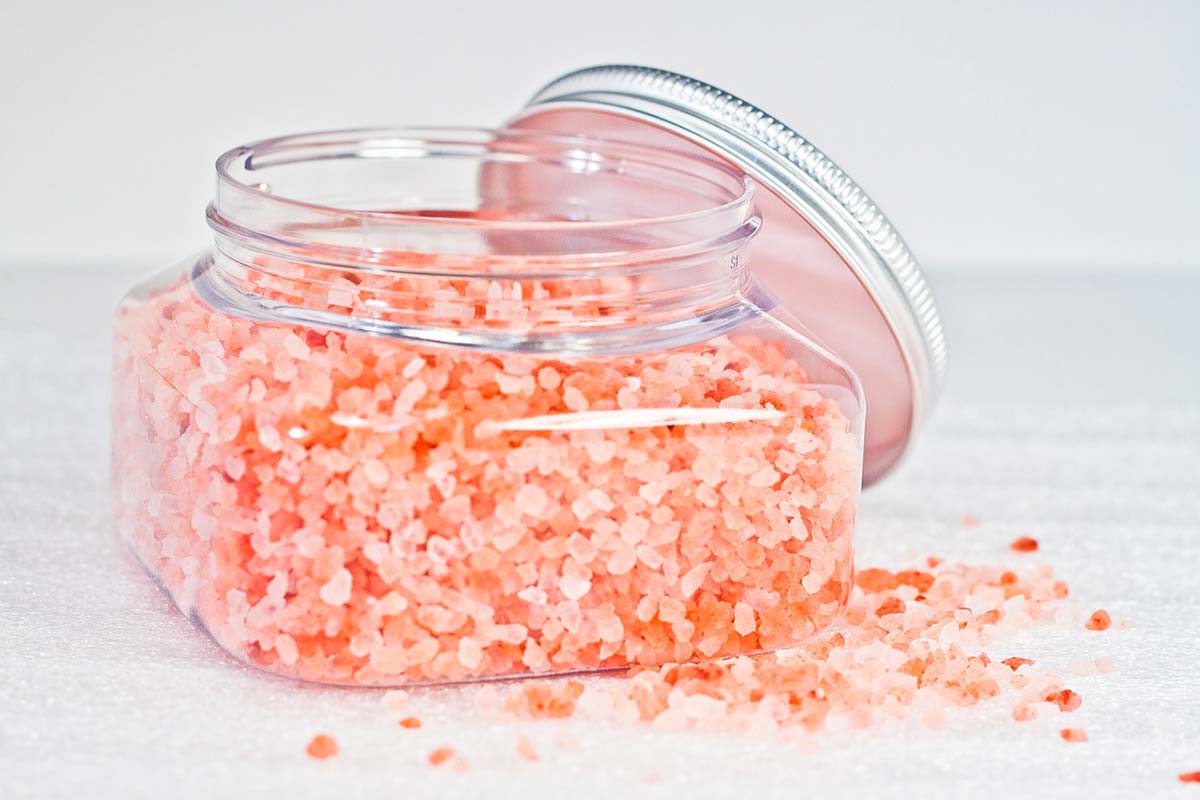Salt blocks, often made from Himalayan salt, are utilized as unique and effective tools for chilling and serving food. These versatile blocks can be pre-chilled and used to impart a subtle saltiness to a variety of dishes, such as sushi, fruits, or even desserts, providing a novel and flavorful culinary experience. The natural antimicrobial properties of salt also make these blocks a hygienic and visually appealing way to present and cool food items. In the realm of culinary innovation, chefs and home cooks alike are continually seeking unique methods to enhance flavors and presentation. One such fascinating trend is the use of salt blocks for chilling; a practice that not only adds a touch of elegance to food presentation but also imparts a distinctive flavor profile to various dishes. In this article, we delve into the art and science behind using salt blocks for chilling and how they elevate the culinary experience.
1. The Salt Block Advantage:
Salt blocks, typically crafted from Himalayan salt, serve as exceptional conductors of temperature. This makes them an ideal medium for chilling and presenting food. Their ability to maintain low temperatures for an extended period allows for the creation of visually stunning and flavorful dishes.
2. Culinary Applications:
Salt blocks are versatile tools that can be used for a range of culinary applications. From presenting sashimi or ceviche to serving ice cream or sorbet, the options are diverse. The saltiness infused into the food subtly enhances its taste, creating a unique and memorable dining experience.
3. Flavor Infusion:
As food comes into contact with the chilled salt block, it absorbs a hint of saltiness, enhancing its natural flavors. This process adds a layer of complexity to the dish, making it a favorite technique among chefs who value nuanced taste profiles.
4. Natural Antimicrobial Properties:
Himalayan salt is known for its natural antimicrobial properties. This quality not only ensures a hygienic surface for food preparation but also imparts a hint of purity to the dishes. The salt blocks require minimal maintenance, contributing to a hassle-free and eco-friendly culinary experience.
5. Temperature Control:
Salt blocks can be pre-chilled and maintain their low temperature for an extended period. This allows for the creation of visually striking presentations, as well as practical applications like keeping sushi or seafood at an optimal temperature during serving.
6. Aesthetic Appeal:
Beyond their functional benefits, salt blocks add a touch of visual allure to the dining experience. The translucent and rosy hues of Himalayan salt create an elegant backdrop for the food, enhancing the overall presentation and making it a feast for both the taste buds and the eyes.
7. Care and Maintenance:
Proper care and maintenance are crucial for ensuring the longevity of salt blocks. Cleaning them with a damp cloth and allowing them to air-dry after use is generally recommended. It’s essential to avoid sudden temperature changes, such as placing a hot block in the refrigerator, to prevent cracking.

In the world of culinary exploration, the use of salt blocks for chilling stands out as a creative and effective technique. From enhancing flavors to presenting dishes with aesthetic flair, these versatile blocks add a unique dimension to the art of cooking. Whether in a professional kitchen or a home setting, the incorporation of salt blocks reflects a commitment to elevating the culinary experience through innovation and a dash of natural sophistication.
The manufacturing of salt blocks involves several key steps, from sourcing high-quality salt to shaping and processing it into the desired form. Here’s an overview of the typical manufacturing process for salt blocks:
1. Salt Selection:
The process begins with the selection of high-quality salt. Himalayan salt, harvested from ancient salt deposits in the Himalayan mountains, is a popular choice for salt blocks due to its distinctive pink color and mineral content.
2. Extraction and Mining:
Himalayan salt is typically extracted from mines deep within the mountains. The salt is hand-mined to preserve its natural purity and avoid contamination. The mining process involves extracting large salt boulders, which are then transported to manufacturing facilities.
3. Washing and Purification:
The extracted salt blocks undergo a thorough washing and purification process to remove impurities and debris. This step is crucial to ensure the cleanliness and quality of the salt that will be used in the manufacturing process.
4. Cutting and Shaping:
Once purified, the salt blocks are cut into the desired sizes and shapes. The cutting process may involve using specialized equipment to create blocks of uniform thickness, suitable for various culinary applications.
5. Finishing Touches:
The salt blocks may undergo additional processes to achieve a smooth and polished finish. This can include grinding, smoothing, and refining the surfaces to enhance both their visual appeal and functionality.
6. Quality Control:
Quality control measures are implemented throughout the manufacturing process. Each salt block is inspected for impurities, cracks, or irregularities to ensure that only high-quality blocks reach the market.
7. Packaging:
Once the salt blocks pass quality control, they are packaged for distribution. Packaging is designed to protect the blocks from environmental factors and maintain their integrity during transportation.
8. Distribution:
Salt blocks are then distributed to retailers, culinary suppliers, or directly to consumers. The distribution process ensures that the salt blocks reach their intended destinations in optimal condition.
9. Consumer Guidance:
Manufacturers often provide guidance on the proper use, care, and maintenance of salt blocks. This may include instructions on preheating, cleaning, and storing the blocks to maximize their lifespan and effectiveness.
10. Sustainability Considerations:
Some manufacturers prioritize sustainable practices, such as eco-friendly mining methods and packaging materials. Consumers are increasingly interested in products that align with environmental consciousness.
It’s important to note that the manufacturing process may vary among different producers, and some manufacturers might add unique steps or considerations based on their specific production methods and quality standards.
Looking for salt block: Click here





